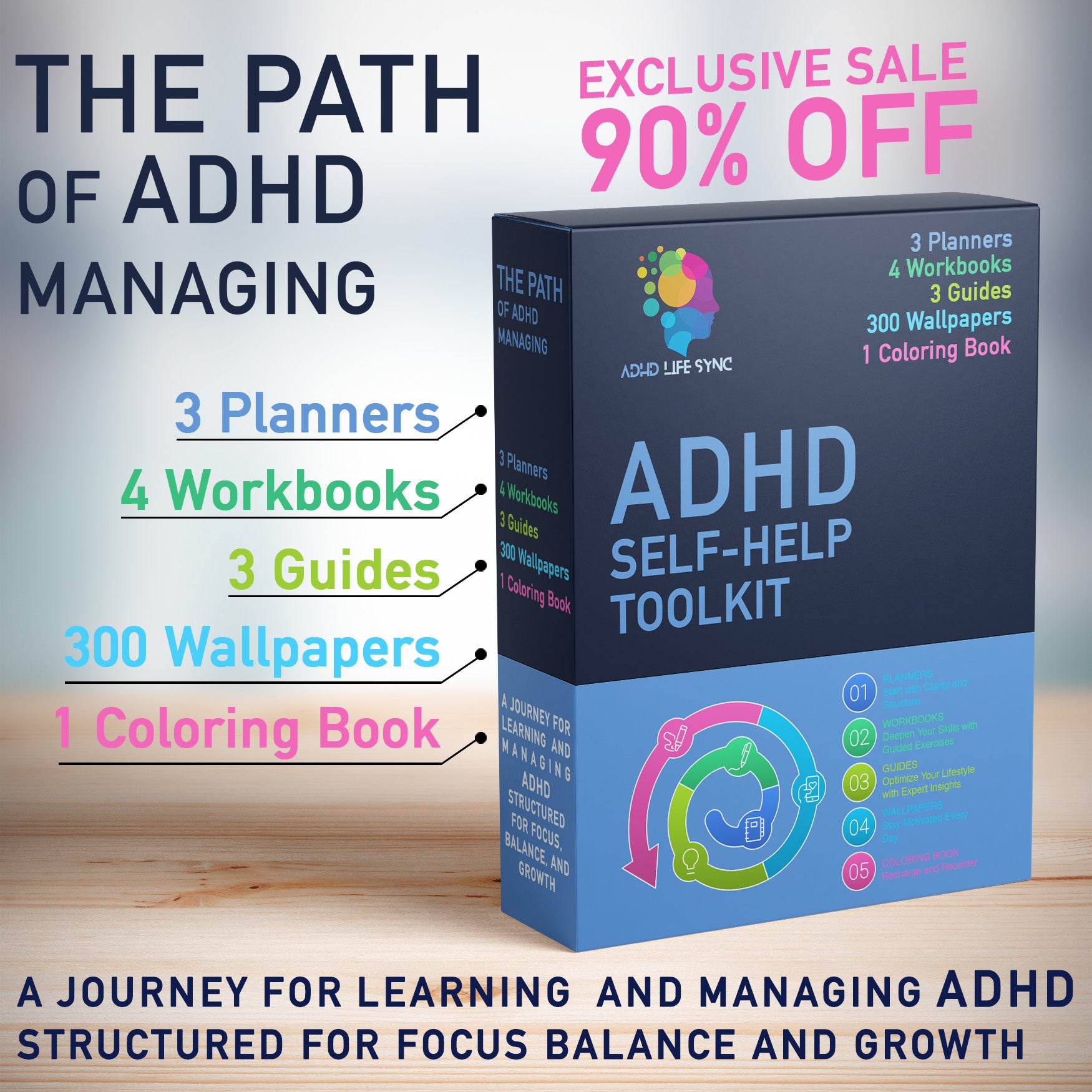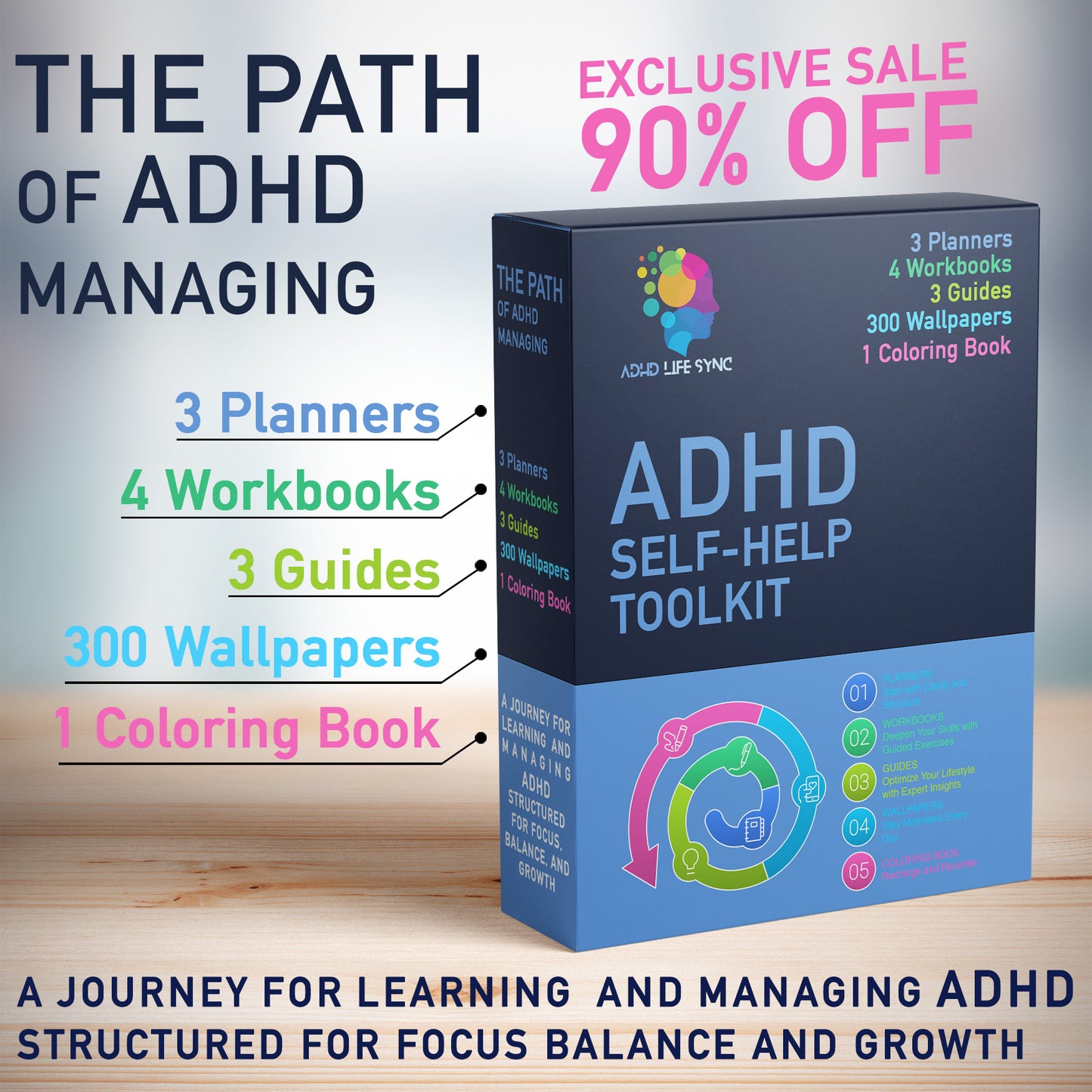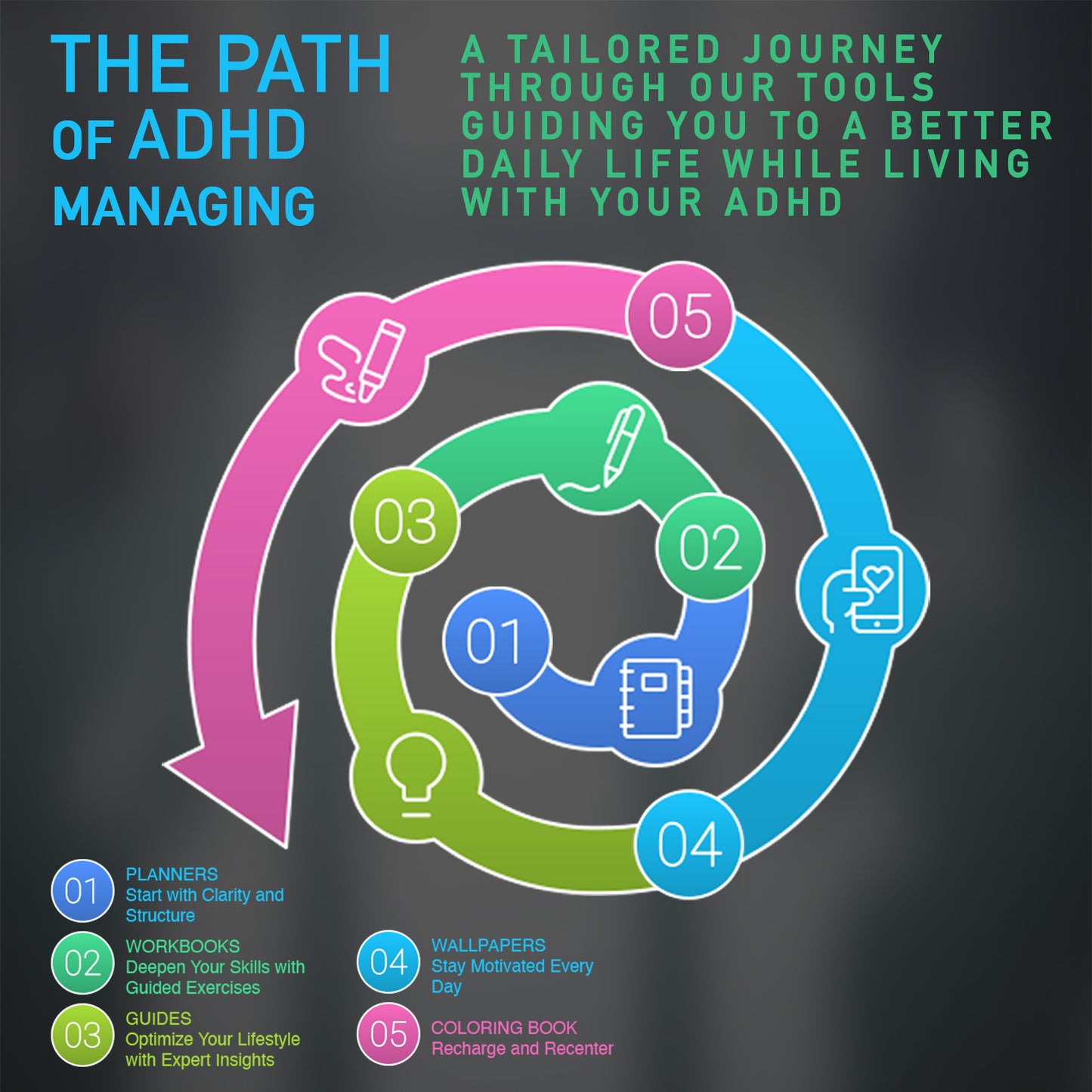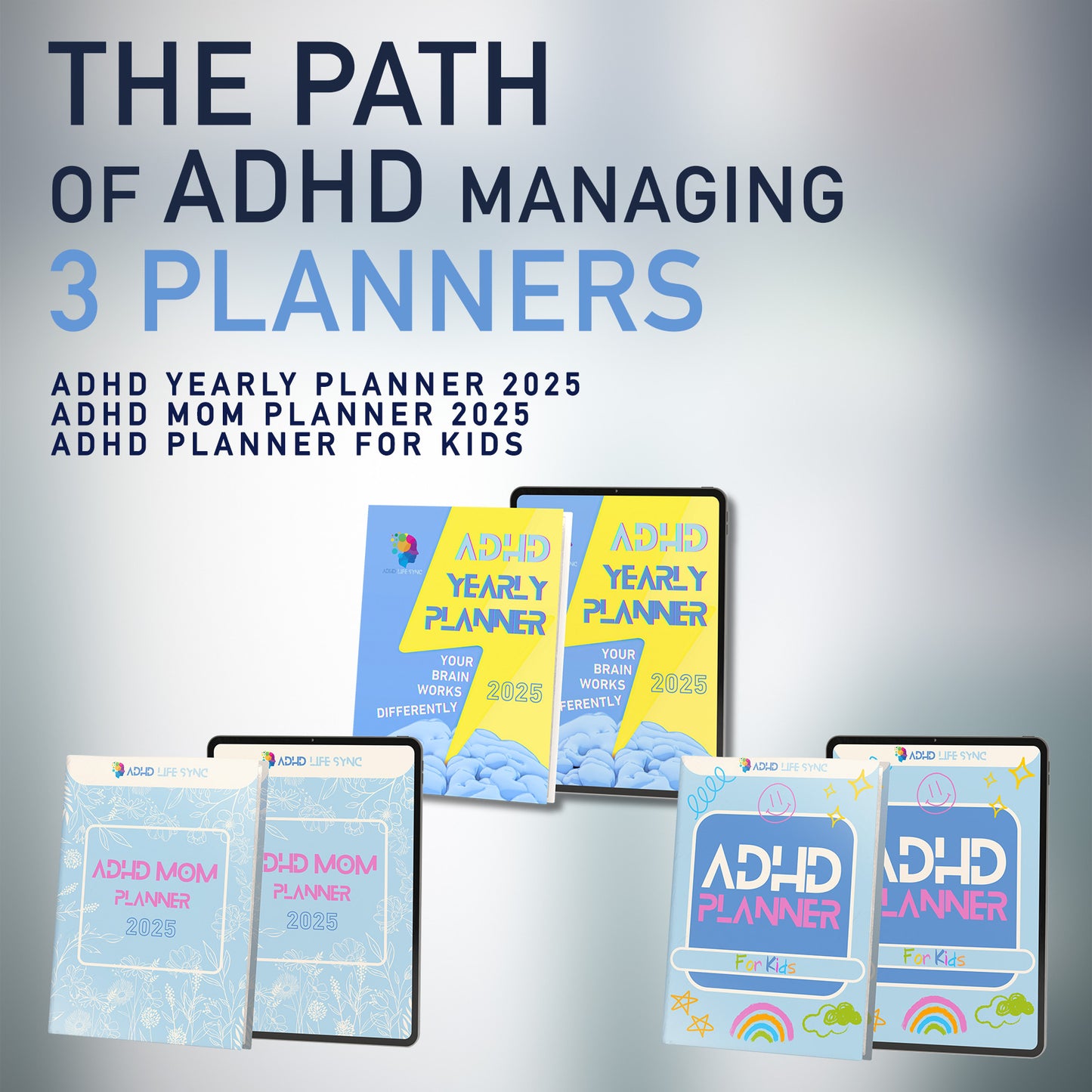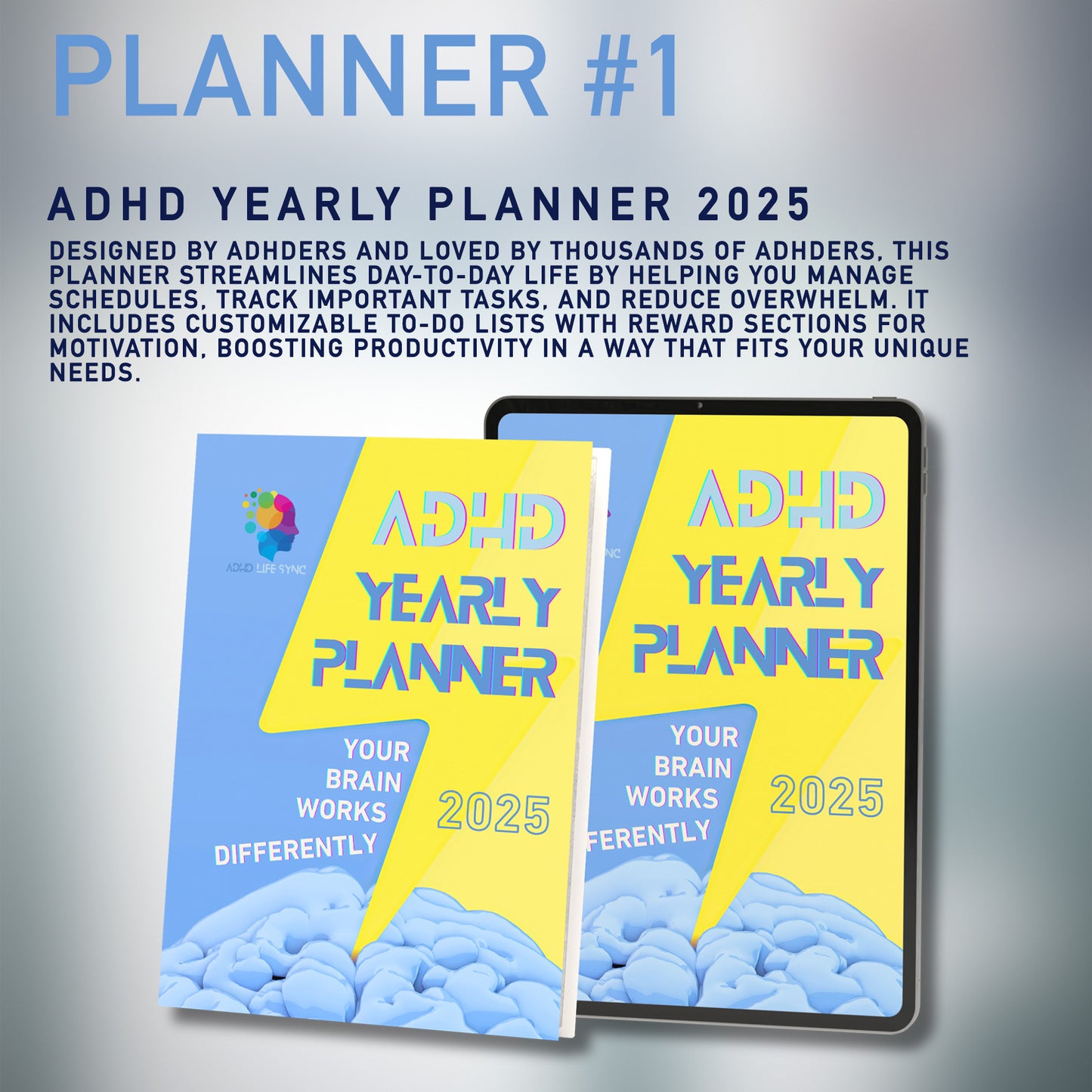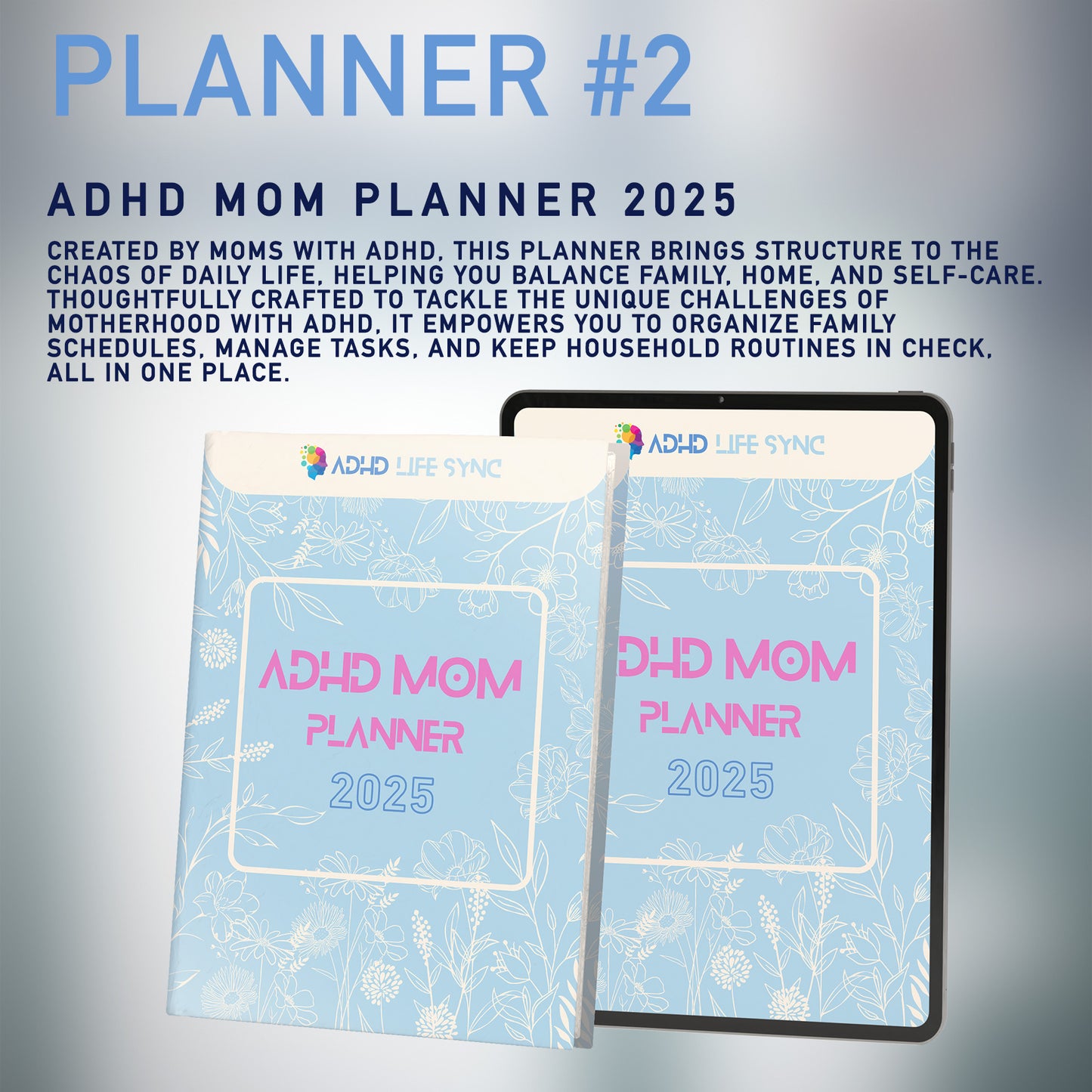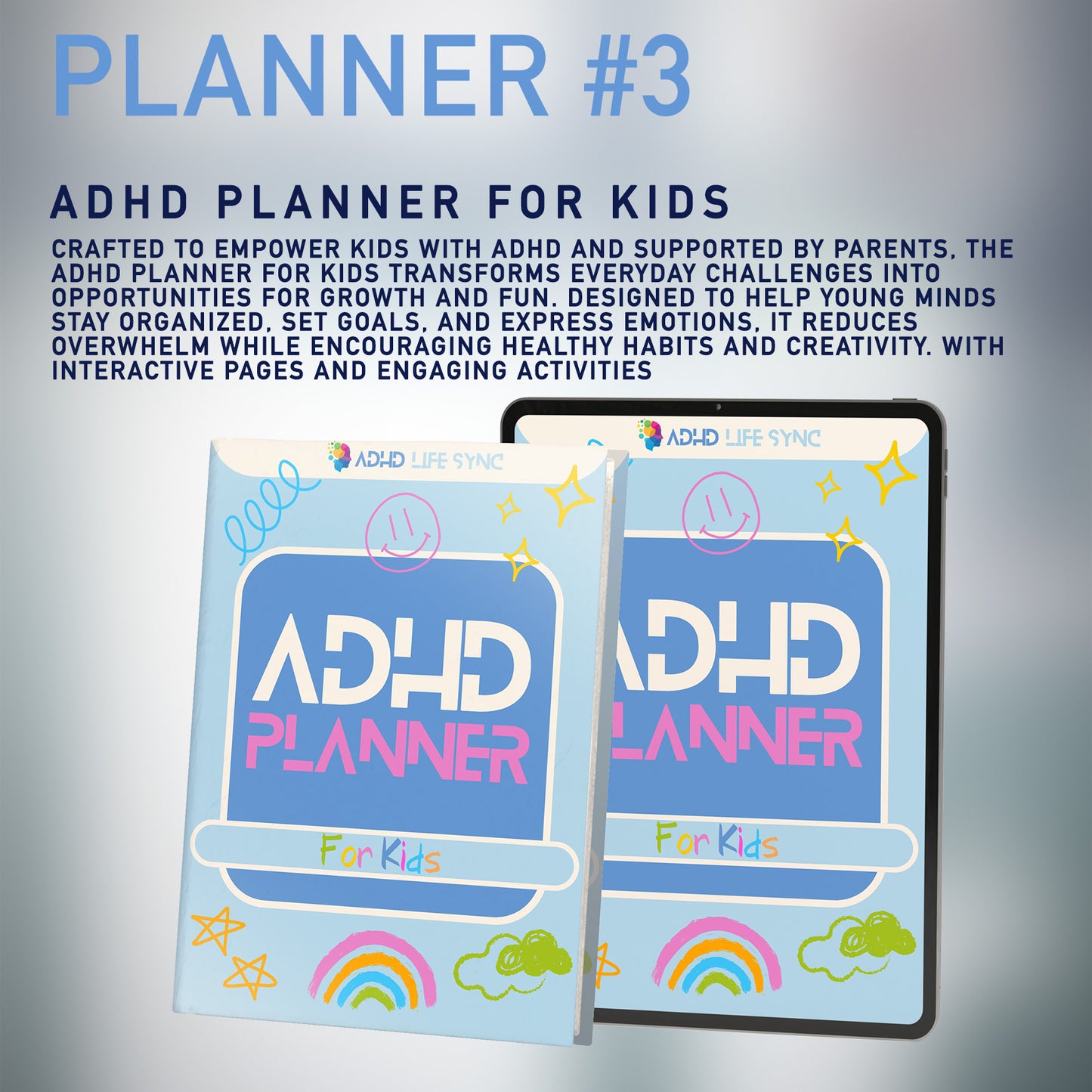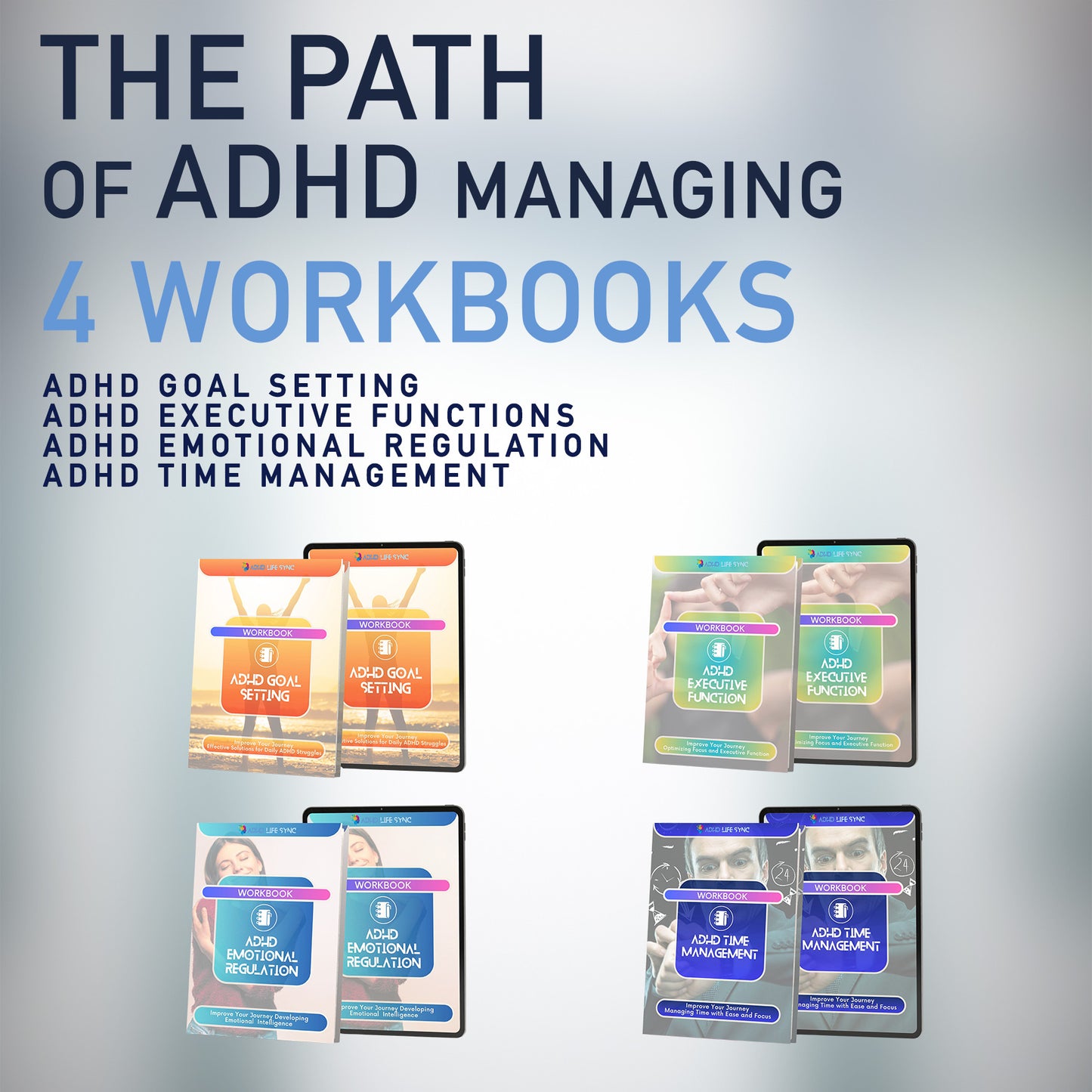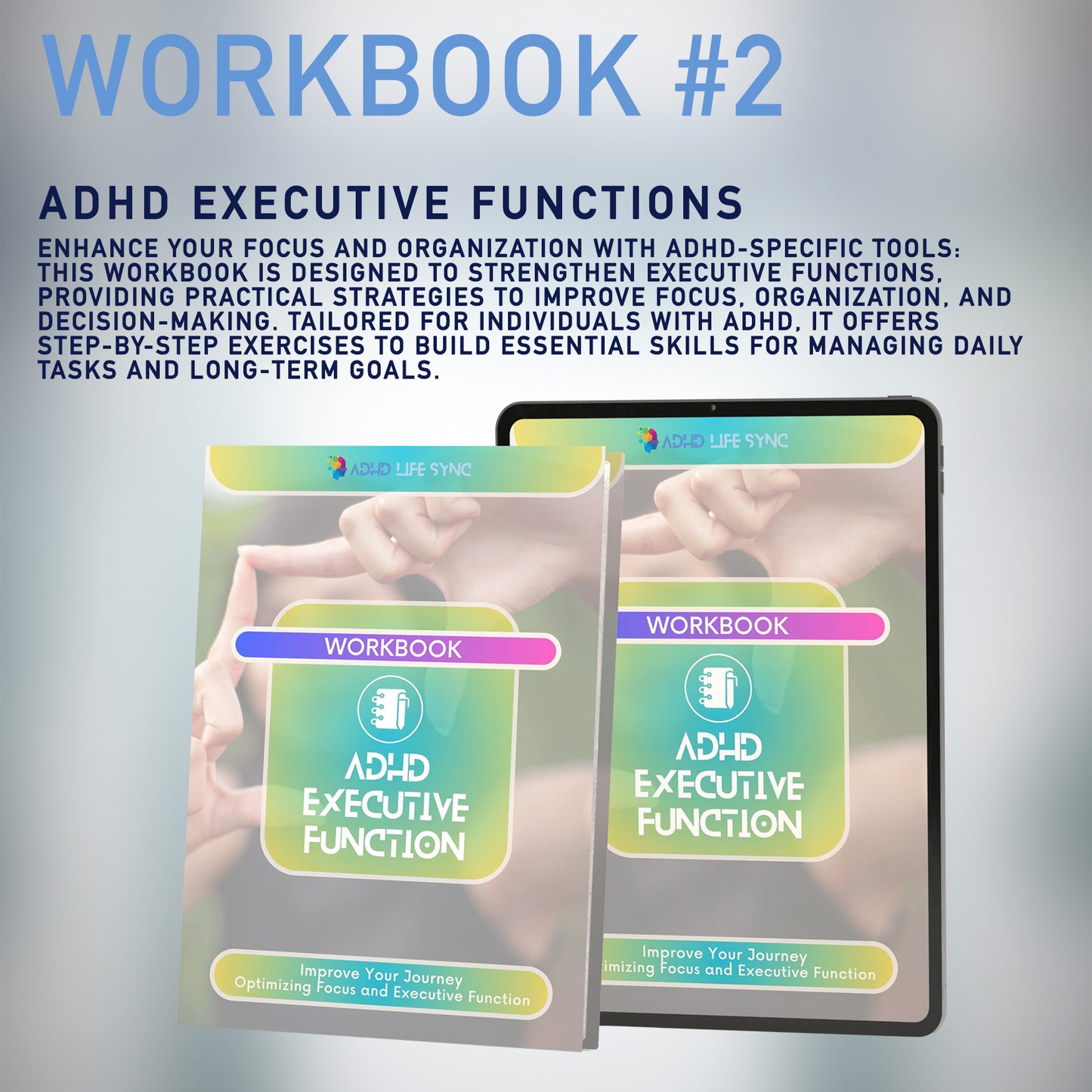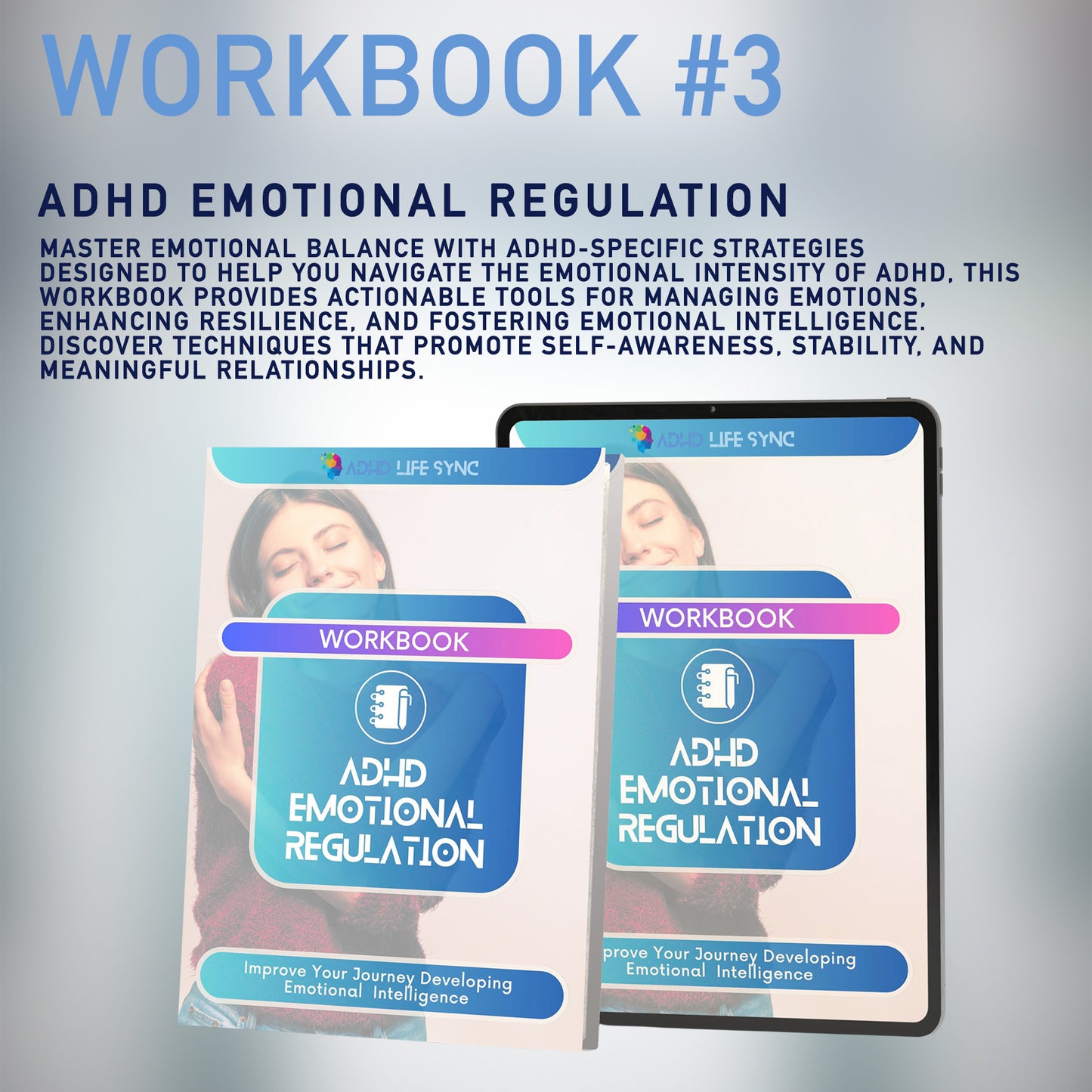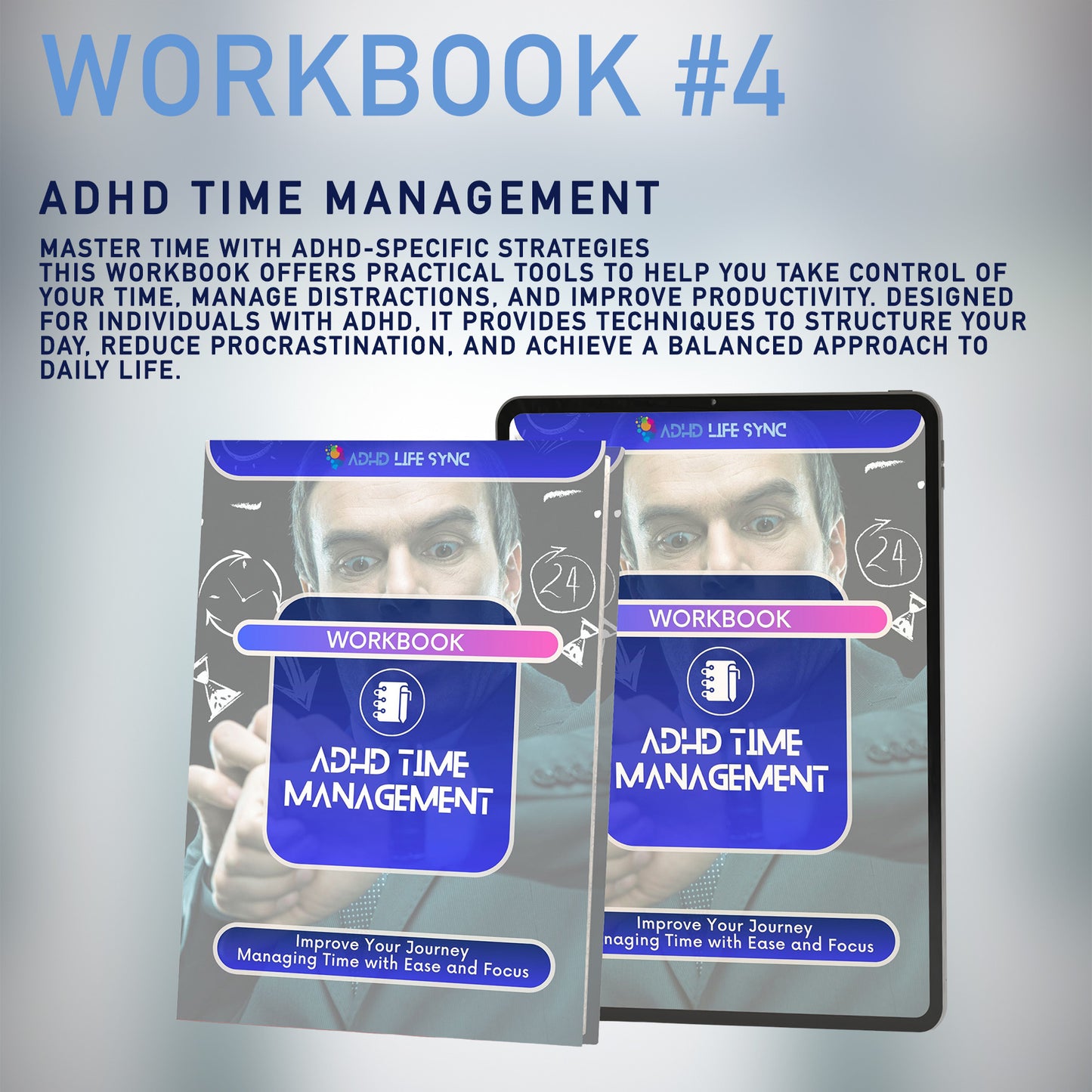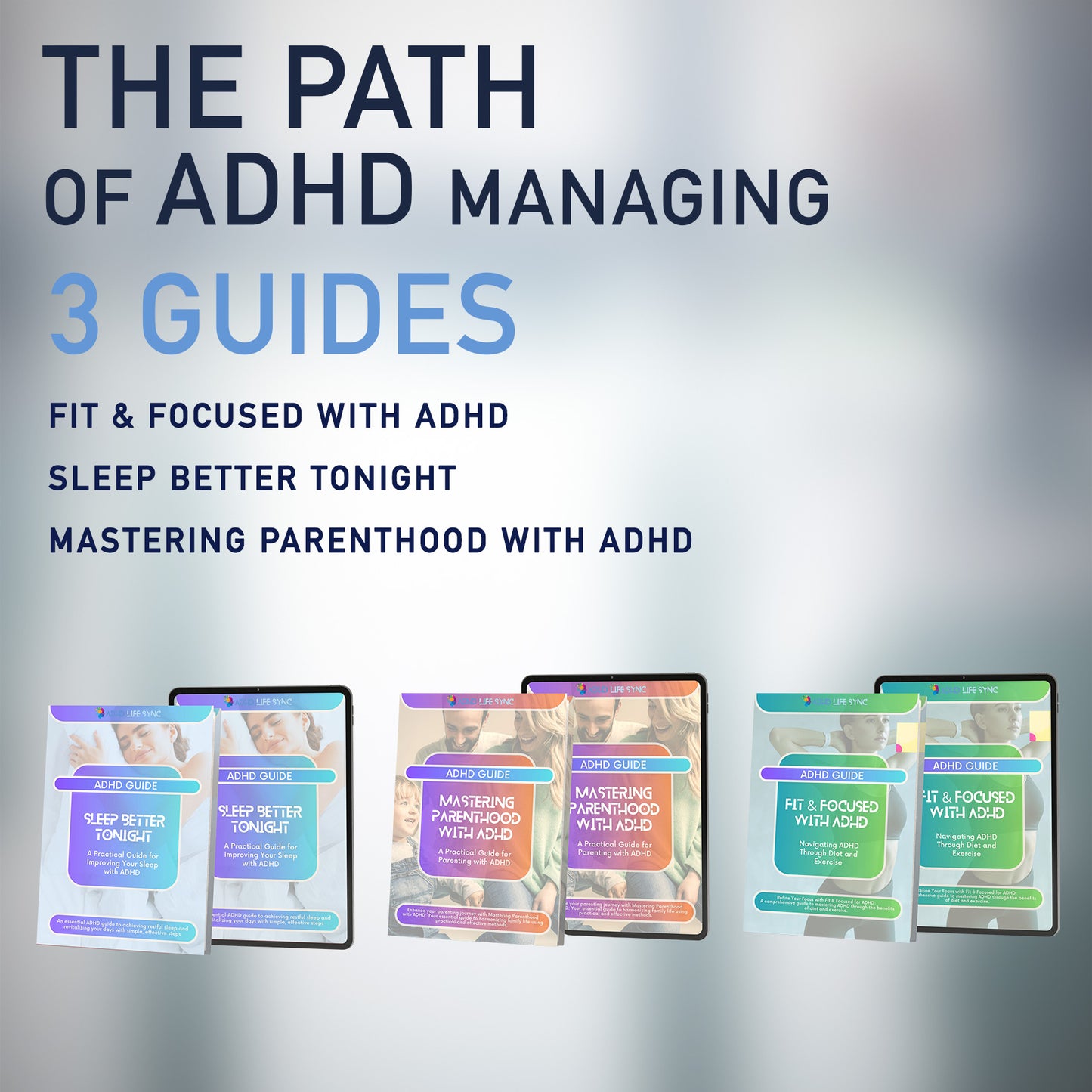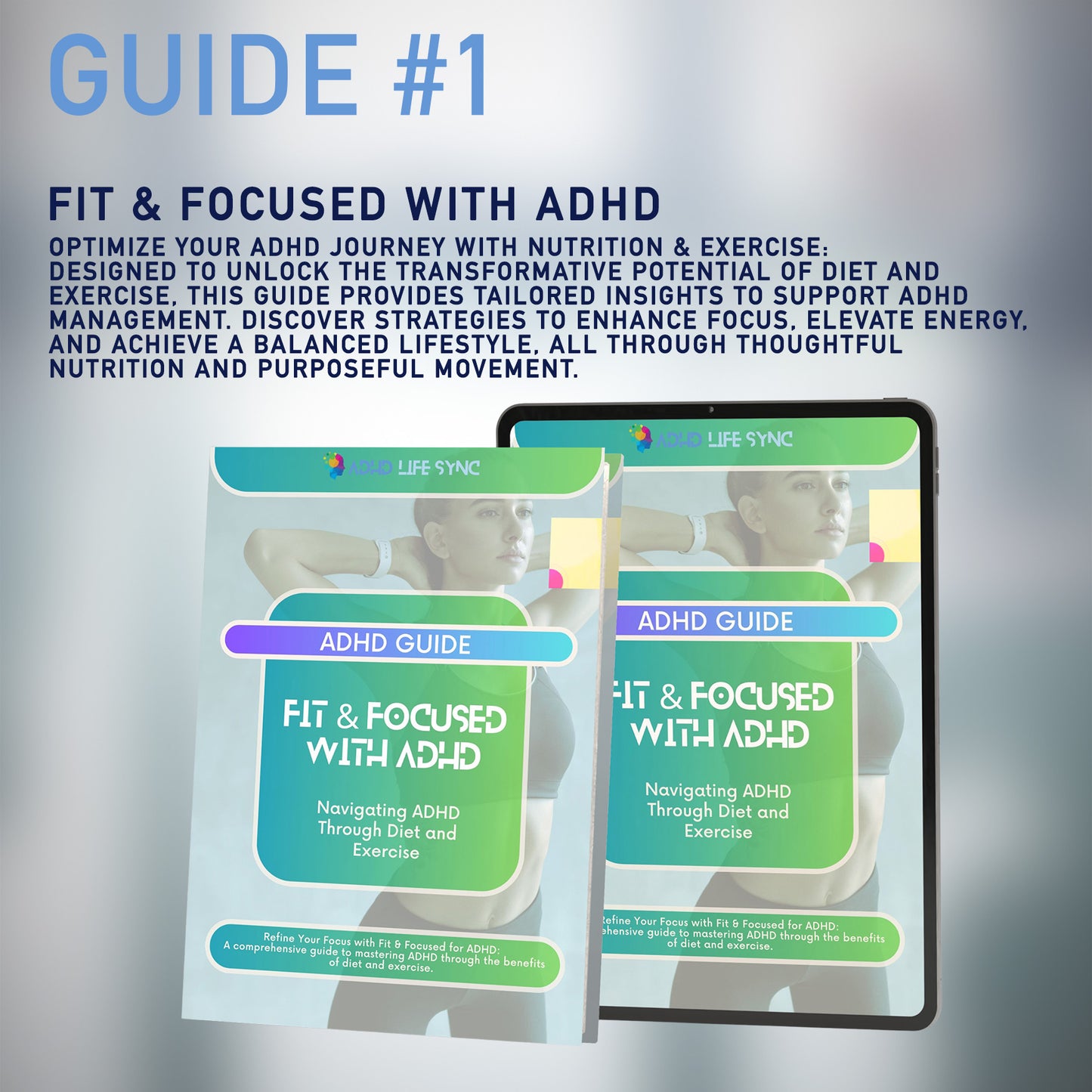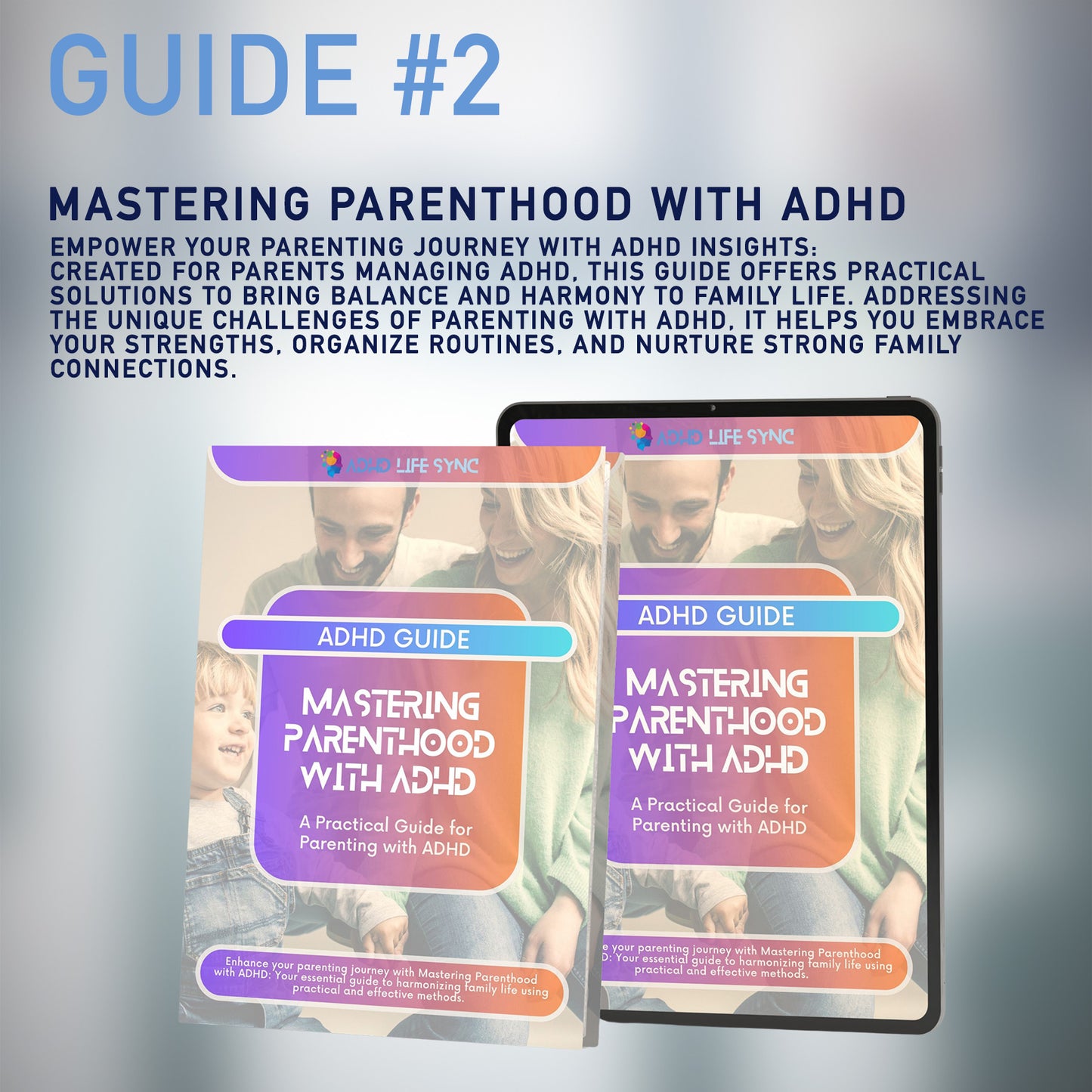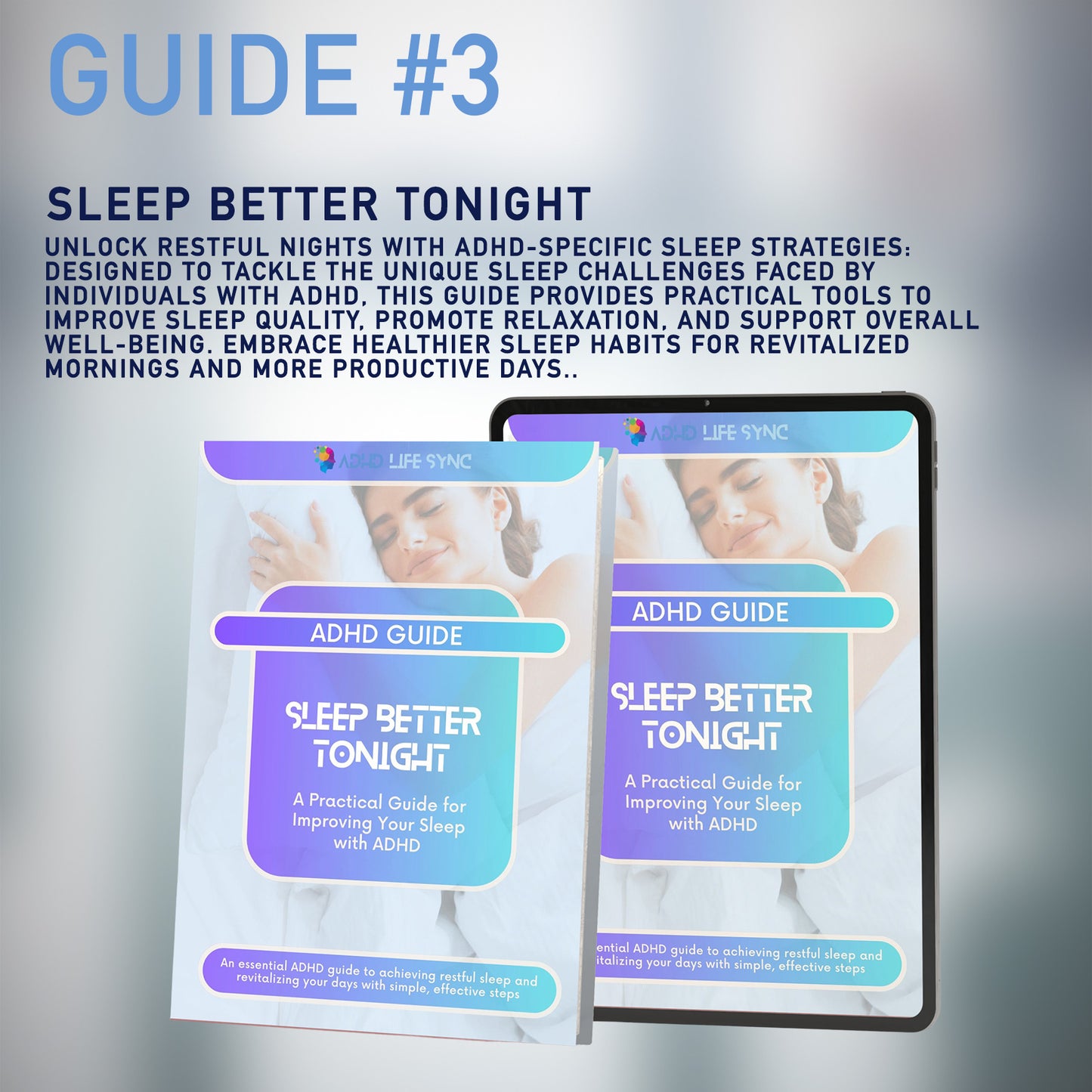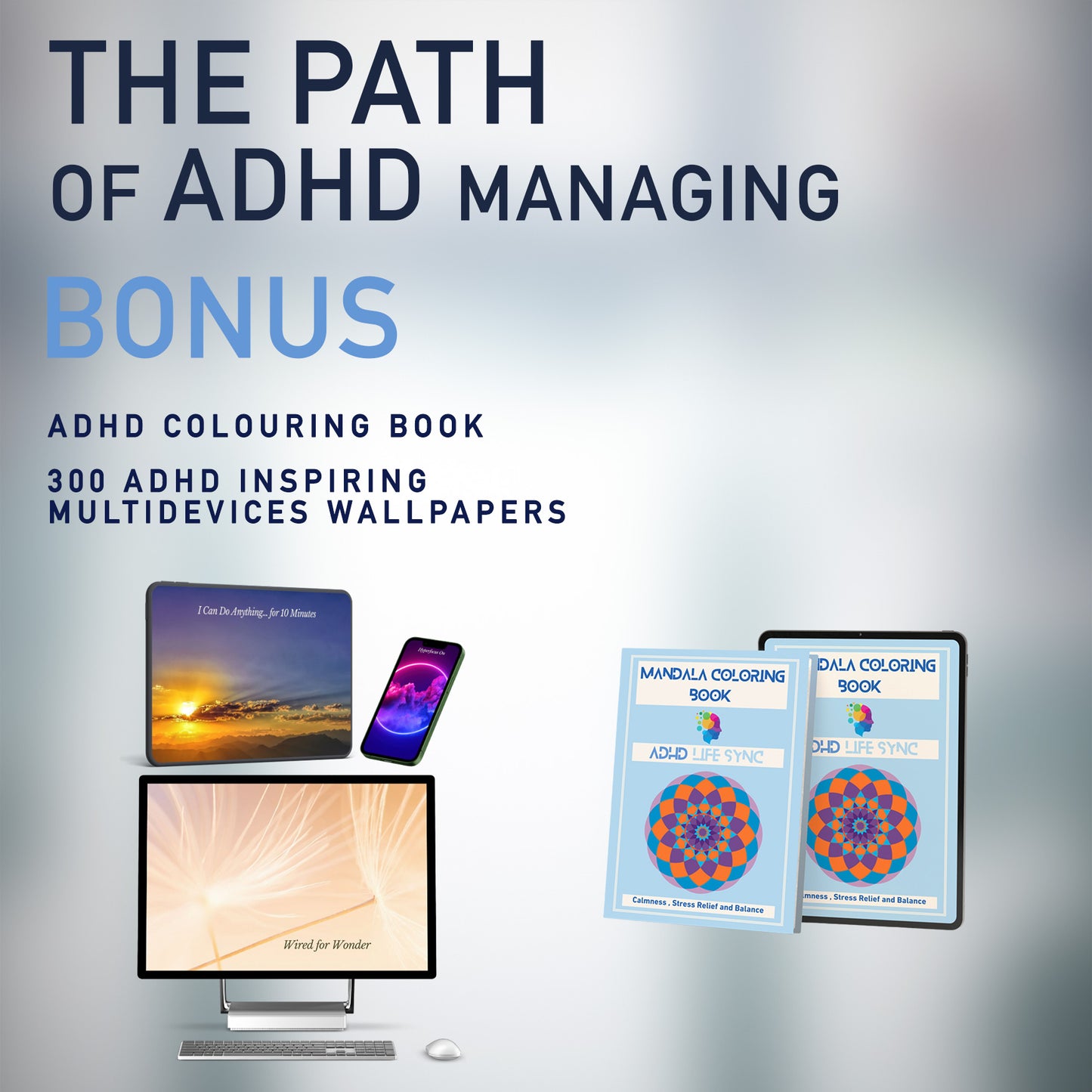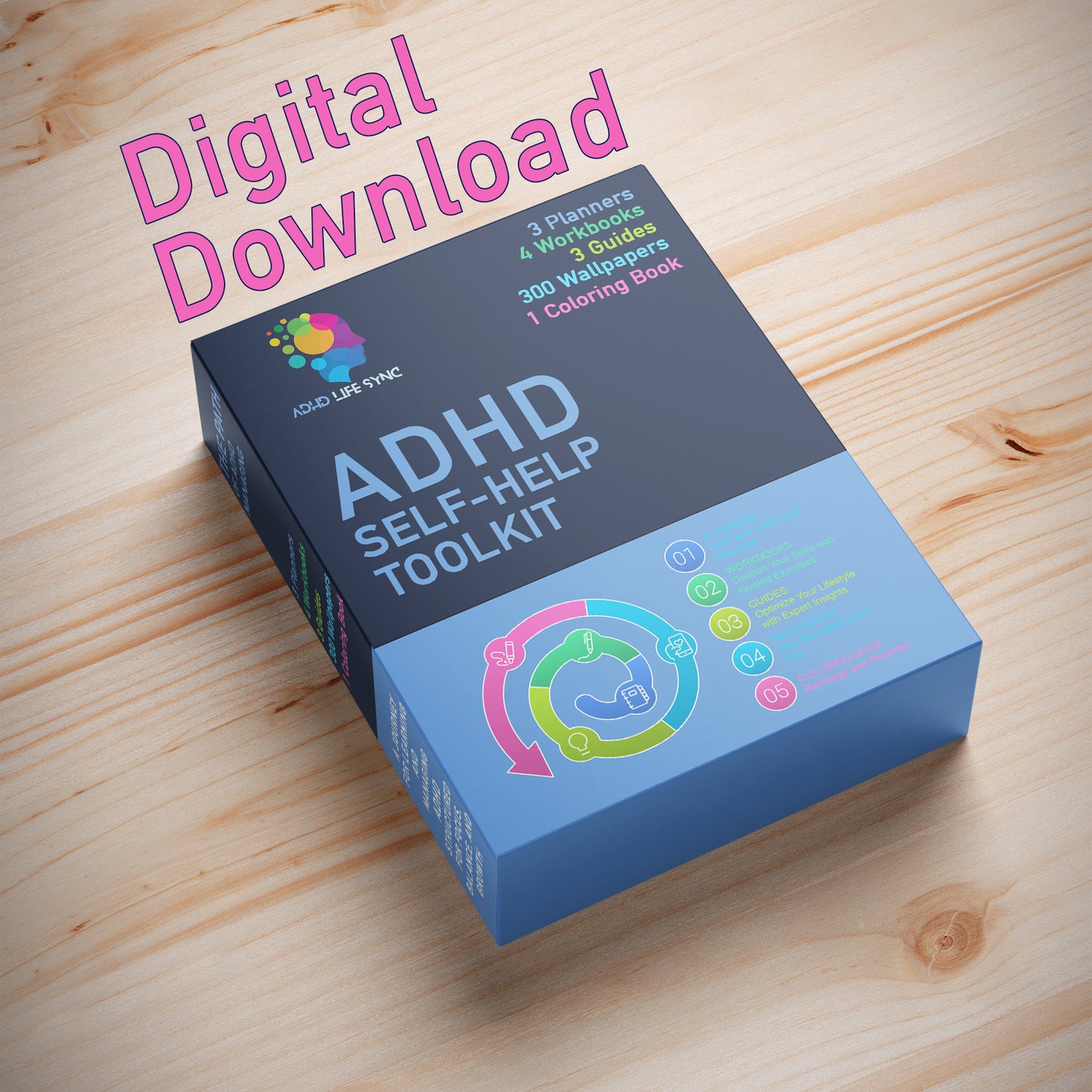
Why Planners Don’t Work for Some People with ADHD and What Works Instead
ADHD in adulthood can make even the simplest daily tasks feel like complex challenges. Time management, organization, and planning can seem like insurmountable obstacles. However, tools specifically designed to tackle these critical areas do exist, and ADHD-focused planners emerge as essential resources. But why do these traditional tools often fall short for individuals with ADHD? And what qualities should an ideal planner have to be truly effective?
The Paradox of Traditional Planners
Many adults with ADHD find traditional planners ineffective. Their passive nature requires constant attention and discipline, which can be hard to maintain. Often, electronic alarms are ignored or turned off, and recorded information ends up lost in the shuffle. One of the main challenges is that once something becomes part of the everyday landscape, it tends to disappear from active awareness for someone with ADHD. This phenomenon, known as "impermanence," makes familiar objects practically invisible, reducing the effectiveness of traditional organization tools.
The Need for Variety and Novelty
To maintain interest and effectiveness, people with ADHD often need to change their organizational system frequently. Some find it helpful to use different planners throughout the year, alternating between paper planners, sticky notes on the computer, and wall grids. This periodic rotation helps keep interest alive and combats the boredom that often arises from prolonged use of the same tool.
The Struggle with Distraction and Impulsivity
ADHD is marked by high distractibility and impulsiveness, which can steer attention in any direction at any time. This makes it difficult to maintain a consistent organizational routine. You may think of jotting down an appointment, but an unexpected interruption makes you lose track, and the information never gets recorded. Additionally, impulsivity can lead to scribbling notes on random pieces of paper with the intention of transferring them to the planner later—an intention that often goes unfulfilled.
The Solution: Planners Designed for ADHD
To address these challenges, it's essential to use tools specifically designed for ADHD needs. ADHD LIFE SYNC planners are an example of how understanding these issues can translate into effective solutions.
Flexibility and Customization
These planners offer flexibility, allowing users to adapt them to individual needs. Printable versions make it easy to hang individual pages around the home, on the fridge, or on furniture, creating visual reminders that counteract impermanence. This characteristic keeps information constantly present in the daily environment, reducing the chance of forgetting.
Designed to Maintain Interest
The structure of ADHD LIFE SYNC planners takes the need for variety into account. With diverse layouts and customization options, they help maintain interest over time. The combination of visually engaging elements and practical features makes using the planner a more involving experience.
Incorporation of Reward Systems
For many individuals with ADHD, immediate rewards can be a powerful motivator. Incorporating small reward systems within the planning process can encourage consistent use of the planner. Whether it’s treating yourself to a small indulgence after completing a task or using colorful stickers and bookmarks, these strategies help make organization more gratifying.
Practical Tips for Making the Most of Your Planner
-
Simplify Information: Avoid overloading the planner with too many details. Focus on major appointments and essential activities, making it easier to consult.
-
Establish Routines: Try to integrate planner use into specific times of the day, like first thing in the morning or just before bed. Routines help build consistency.
-
Use Visual Reminders: Hang planner pages in strategic places around the home. This keeps information always visible, reducing the chance of missing commitments.
-
Personalize Your Tool: Add elements you enjoy, such as vibrant colors, drawings, or motivational quotes. A planner that reflects your personality will be more enjoyable to use.
-
Combine Analog and Digital Tools: If it’s useful, use both a paper and digital planner. Phone reminders can supplement information recorded in the physical planner.
The Reality of Smartphone Apps for ADHD
In recent years, smartphone apps promising to help with ADHD management have proliferated. However, these apps often fall short, sometimes proving less helpful than traditional planners. With phones already overwhelmed by notifications, adding multiple task management apps often leads to clutter, with new notifications competing for attention and adding to the chaos. For some, these apps become yet another distraction rather than a tool for productivity. Traditional planners, especially those specifically designed for ADHD, provide a more focused and tactile experience that can be easier to manage than an endless sea of digital alerts.
The Key Role of Self-Awareness
Understanding your own challenges is the first step towards effectively managing ADHD. Knowing that impermanence can affect your perception of familiar objects allows you to adopt strategies to counteract it. Being aware of your tendency to become easily distracted helps you create backup systems, such as multiple reminders or enlisting family and friends for help with important tasks.
The Positive Side of Using Planners
Using a planner shouldn’t be seen as a burdensome obligation but as an ally that simplifies daily life. The benefits are tangible: reduced stress, increased productivity, a greater sense of control, and more free time to dedicate to activities you enjoy.
A New Path to Organization
ADHD presents unique challenges in organization and time management. However, with the right tools and a personalized approach, it’s possible to overcome these difficulties. Planners specifically designed for ADHD needs, like those from ADHD LIFE SYNC, offer practical solutions that take individual differences into account.
Remember, the goal isn’t to conform to tools meant for others but to find or create those that work for you. Experiment, personalize, and don’t be discouraged by setbacks. With patience and self-awareness, a planner can become not just a useful tool but a companion in your journey towards a more organized and fulfilling life.
Embrace change, find your rhythm, and discover how the right planner can make a difference in managing ADHD in your everyday life.

